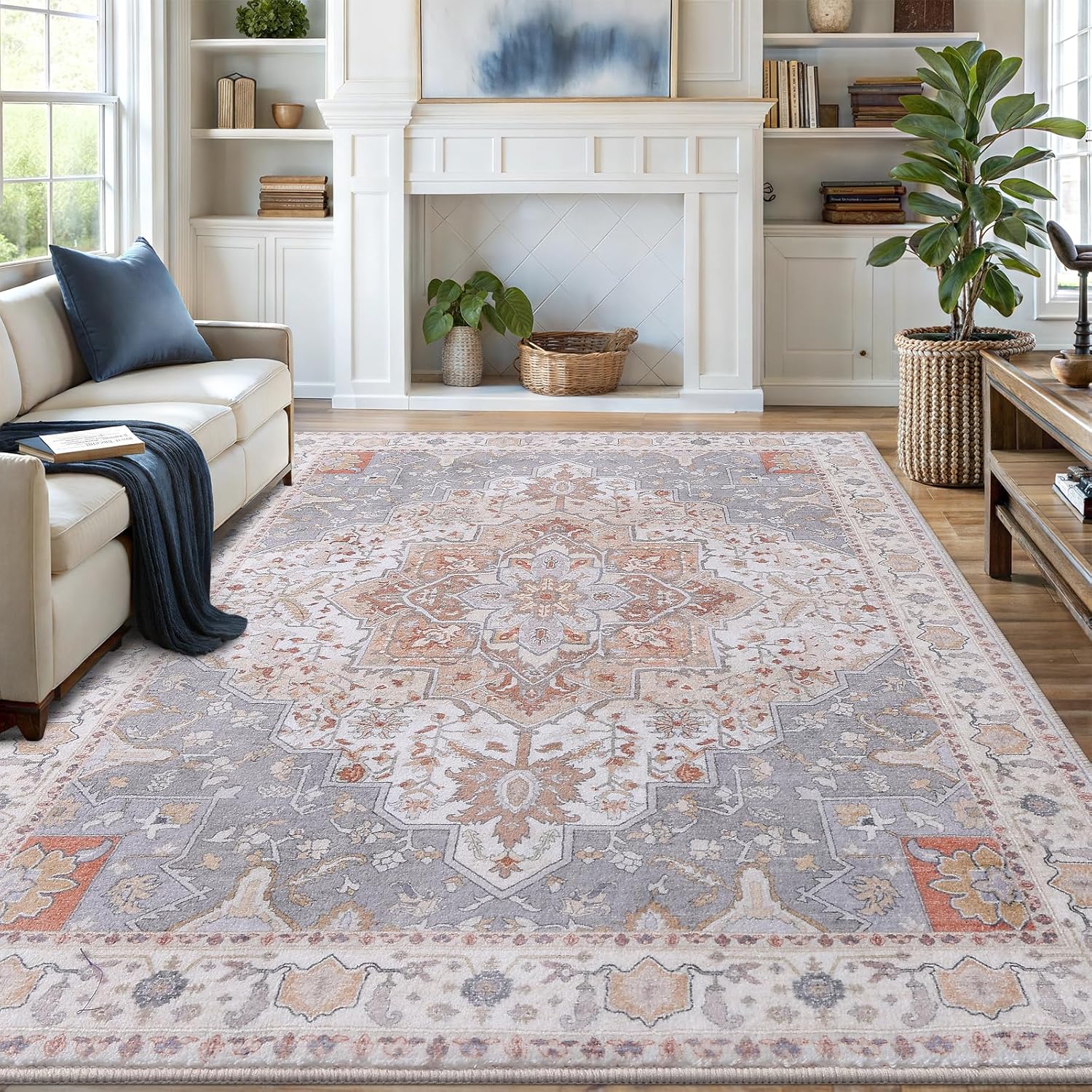Regular floor inspections are crucial for identifying wear, preventing hazards, and ensuring safety and longevity of flooring materials.
Floor inspections are a critical yet often overlooked aspect of property maintenance. Whether in homes, gyms, or commercial spaces, regular checks prevent costly repairs, ensure safety, and extend floor lifespan. This guide explores the key benefits, inspection methods, and tools needed for effective floor maintenance.

The Hidden Dangers of Neglecting Floor Inspections
Unchecked floor damage leads to:
- Tripping hazards from cracks or uneven surfaces
- Water damage spreading to subfloors
- Mold growth in damp areas
- Structural weakening from prolonged wear
A study by the National Floor Safety Institute shows 2 million fall injuries occur annually due to flooring issues. Regular inspections could prevent most of these accidents.
Common Floor Problems Found During Inspections
| Floor Type | Common Issues | Risk Level |
|---|---|---|
| Hardwood | Warping, scratches, loose boards | Medium-High |
| Tile | Cracked tiles, grout deterioration | Medium |
| Rubber (Gym floors) | Tears, adhesive failure, discoloration | High |

How to Conduct a Thorough Floor Inspection
Follow this professional inspection checklist:
Visual Inspection
- Check for visible cracks, chips, or warping
- Look for discoloration or stains
- Inspect edges and corners for separation
Physical Inspection
- Walk the entire surface feeling for uneven areas
- Use a level to check for slopes (greater than 1/4″ per foot is problematic)
- Tap tiles to detect hollow spots indicating adhesive failure
Moisture Testing
Use a moisture meter to detect hidden water damage. Readings above 12% in wood or 75% RH in concrete require immediate attention.
Essential Tools for Floor Maintenance
Proper equipment makes maintenance easier and more effective:
Cleaning Solutions
For deep cleaning, consider organic cleaning products that won’t damage floor finishes. For gym floors, specialized rubber mat cleaners maintain surface traction.
Maintenance Equipment
- Microfiber mops (avoid string mops that leave excess water)
- PH-neutral cleaners (avoid vinegar on natural stone)
- Soft-bristle brushes for grout lines
According to the American Cleaning Institute, using the wrong cleaner causes 23% of premature floor damage.
Creating an Effective Inspection Schedule
Tailor inspection frequency to your floor type and traffic:
| Location | Recommended Frequency |
|---|---|
| Residential (low traffic) | Every 6 months |
| Commercial/Gym | Monthly |
| Industrial | Weekly |
Seasonal Considerations
Increase inspections during wet seasons when moisture intrusion risks are higher. The EPA recommends extra vigilance in humid climates where mold grows faster.
Professional vs. DIY Inspections
While homeowners can perform basic checks, professionals offer:
- Infrared cameras to detect hidden moisture
- Advanced measuring tools for precise level checks
- Structural assessments for serious issues
The International Association of Certified Home Inspectors suggests professional evaluations every 3-5 years for most homes.
Cost-Benefit Analysis of Regular Inspections
Preventative maintenance saves significant money:
| Repair Type | Early Detection Cost | Major Repair Cost |
|---|---|---|
| Tile Replacement | $50 (regrouting) | $1,000+ (full section) |
| Hardwood Refinishing | $200 (spot repair) | $3,000+ (full floor) |
Building research shows every $1 spent on prevention saves $4 in future repairs (National Institute of Building Sciences).

Vanmoos 6×9 Machine-Washable Area Rug — Artistic Flair / Beige
Low-pile, non-slip rug that minimizes pet hair collection and makes quick cleanup part of your routine.
Affiliate link — may earn a commission at no extra cost to you.
Special Considerations for Different Floor Types
Rubber Gym Floors
These require unique care:
- Check for proper drainage to prevent water pooling
- Inspect seams for separation
- Test surface traction regularly
Hardwood Floors
Key inspection points:
- Look for cupping or crowning indicating moisture issues
- Check for finish wear in high-traffic areas
- Inspect for pest damage (termites leave distinctive patterns)
Implementing a Floor Maintenance Program
Create a complete maintenance plan:
Documentation
Keep records of all inspections and repairs. The Facility Management Institute recommends digital logs with photos for tracking changes over time.
Staff Training
Ensure cleaning staff understands proper techniques. Improper mopping causes 40% of floor damage in commercial buildings.
Preventative Measures
- Use entrance mats to reduce dirt intake
- Place protective pads under furniture
- Establish cleaning protocols for spills
